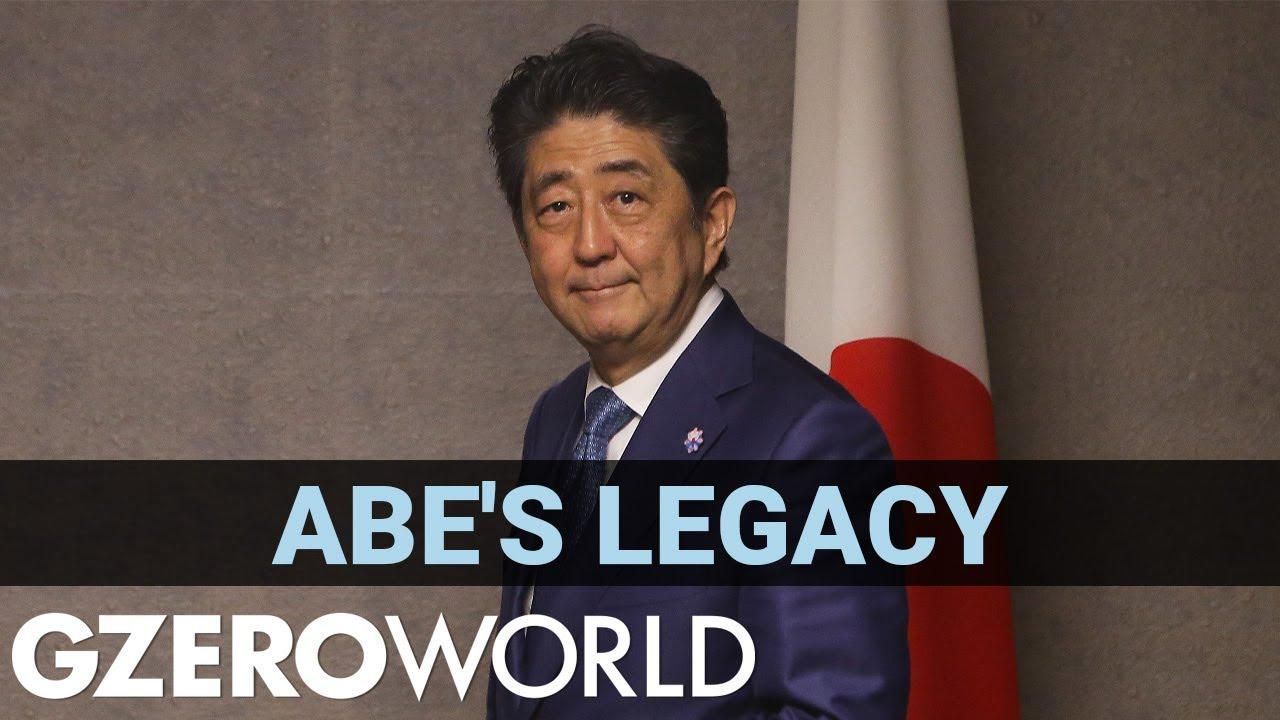GZERO World Clips
How did Shinzo Abe change Japan, and the world?

How Did Shinzo Abe Change Japan, and the World? | Former Adviser Tomohiko Taniguchi | GZERO World

The late Shinzo Abe, Japan's former PM, often doesn't get enough credit for bolstering the morale of young Japanese, explains Tomohiko Taniguchi, Abe's former adviser and close friend, who spoke with Ian Bremmer on GZERO World.
On foreign policy, he is considered the architect of the Quad dialogue with the US, India, and Australia, though he failed to realize his dream of reforming Japan's constitution.
Taniguchi says Abe also tried his best to make peace with Russia, just falling short of signing a treaty to resolve the dispute over the Kuril Islands (which the Japanese refer to as the Northern Territories).
"Japan, unlike any other advanced nations, is encircled by [the] three undemocratic, militarist, authoritarian, nuclear regimes of Russia, North Korea, and China," he adds. "Shinzo Abe wanted to decrease the tension at least from Russia — to little avail."
Watch the GZERO World episode: Assassinated! Japan’s grief & how Shinzo Abe’s goals will shape Asia
Nearly four years into Russia's invasion of Ukraine, the push to end the war is intensifying. The past few weeks produced not one but two proposals.
Ian Bremmer breaks down why the latest Russia-Ukraine “peace push” is headed back to Moscow and why the outlook is bleak.
There are close presidential races, and then there’s the one in Honduras, where just 515 votes separate the top two candidates following Sunday’s election in the Central American nation.